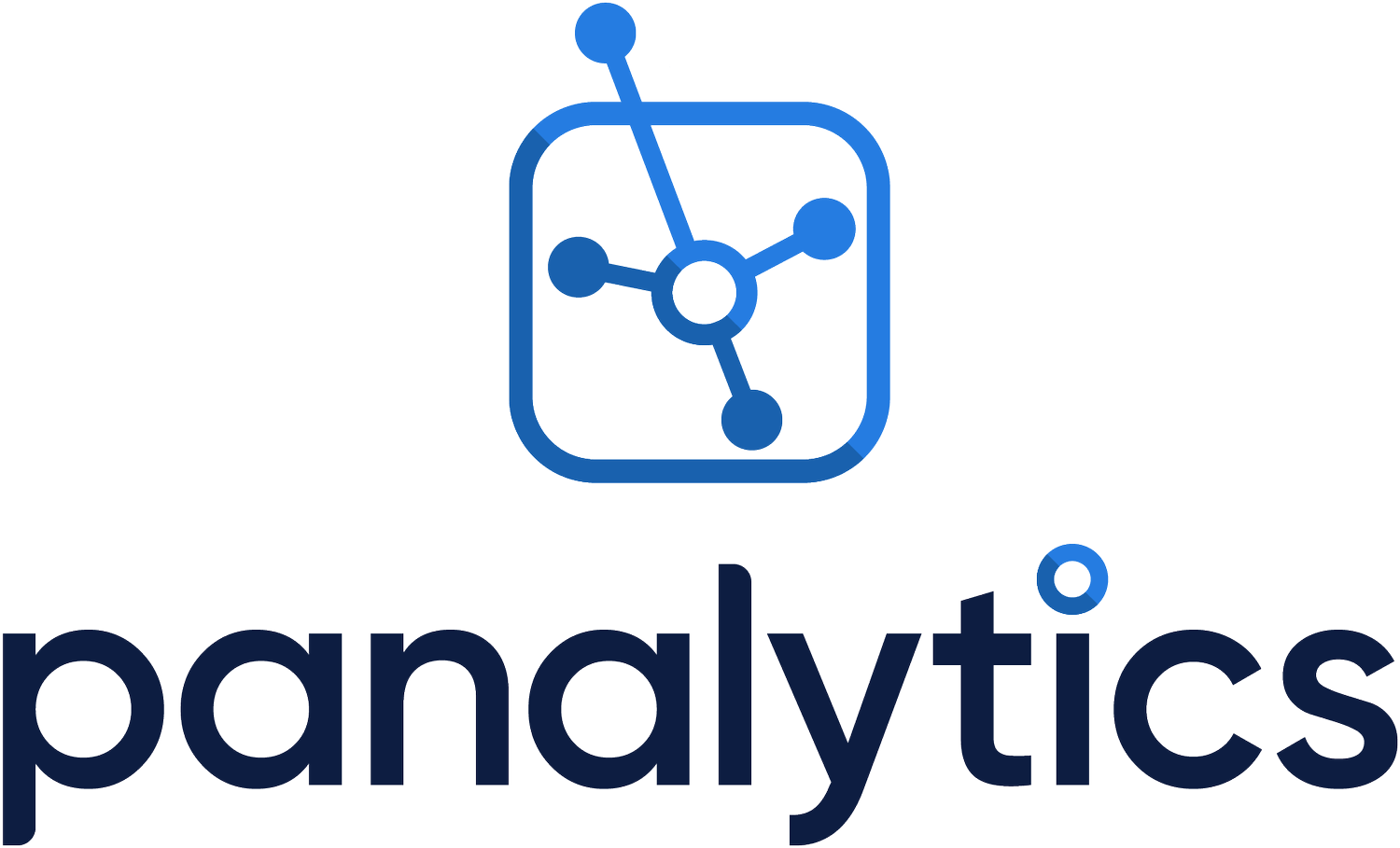5 Questions To Ask On Every Research Study
How to ensure you are not dead wrong with market research.
5 Critical Questions for Client-Side Research Practitioners: Ensuring Accurate Insights in Every Study
As a client-side research practitioner, your role in driving informed decision-making for your organization is invaluable. However, to ensure that the insights you gather are accurate and reliable, it's crucial to ask the right questions throughout the research process. In this blog post, we'll delve into the five critical questions you should ask on every research study to avoid being dead wrong with your insights.
1.What Is the Research Objective, and Is It Clearly Defined?
Start by establishing a crystal-clear research objective. Without a well-defined goal, your research efforts may lack direction, leading to ambiguous or irrelevant findings. Work closely with stakeholders to articulate the specific questions you aim to answer and the objectives you intend to achieve. Ensure that everyone involved understands the research's purpose and scope. Have the end in mind. If hypothesis A is correct, what action will the business actually take, and if not correct, then what action? With no clear if-this-then-that the research typically lacks direction and thus impact and ROI.
2. Is the Research Methodology Sound and Appropriate?
The choice of research methodology is pivotal to the accuracy of your insights. Different research methods are suited to different research questions. Evaluate whether the selected methodology aligns with your research objectives and the nature of the data you need.
For example, if you're investigating customer preferences, a quantitative survey might be appropriate. On the other hand, if you're exploring in-depth motivations, qualitative interviews or focus groups could be more effective. Make sure the chosen methodology is not only theoretically sound but also practical for your study's context. Research that arrives late is useless no matter how methodologically correct. Research that gets an accurate ranking of the wrong product attributes is not helpful either (in this case some qual done up front to build the attribute decision set would be a good first step).
3. Have We Addressed Potential Bias and Confounding Factors?
Bias and confounding factors can distort research results and lead to incorrect conclusions. It's essential to proactively identify and mitigate these sources of error. Ask yourself whether there are factors that could skew your data or interpretations, such as selection bias, response bias, or omitted variables.
Consider implementing controls, randomization, or statistical techniques to account for and reduce bias. Additionally, pretest your survey instruments or interview protocols to uncover potential sources of bias before launching the full-scale research. This simple step has saved many projects!
4. How Robust Is the Data Collection and Analysis Process?
Data collection and analysis are the heart of any research study. Scrutinize the data collection process to ensure it's rigorous and standardized. Are survey questions clear and unbiased? (Ensure someone not in market research and not familiar with the project takes the survey and has no questions on your questions).
Do you have double barreled questions? Have you accounted for including or not including “none of the above” options and neutral scales - both can change your results dramatically.
Is the sample representative of your target population? Do you know where the sample is coming from (an “a market panel” is not a good answer - one needs to know the panel sources, what the “market” base is and so forth).
Similarly, assess the rigor of your data analysis. Verify that appropriate statistical methods are applied, and that data quality checks are performed. Ensure that statistical assumptions are met, and consider the implications of outliers or missing data. Remember, if the data looks too good to be true, it probably is, something is likely wrong in the model.
In another blog post we will get at the lost art of fielding and things like replicate management, and that fast is not always good.
5. What Are the Limitations, and How Will They Impact Our Interpretations?
No research study is without limitations. It's crucial to identify and acknowledge these limitations upfront. Consider the potential constraints in terms of sample size, data sources, or external factors beyond your control. Be transparent about the boundaries of your research and how these limitations may affect the generalizability of your findings.
Additionally, think critically about the implications of these limitations on your interpretations and recommendations. What can you confidently conclude, and where should you exercise caution or further investigation?
Conclusion
In the dynamic world of client-side market research, asking these five critical questions on every study can make the difference between accurate insights and misleading conclusions. By maintaining a meticulous approach to research design, data collection, and analysis, and by being mindful of potential biases and limitations, you can ensure that the insights you deliver are not only insightful but also reliable, providing a solid foundation for strategic decision-making within your organization.
